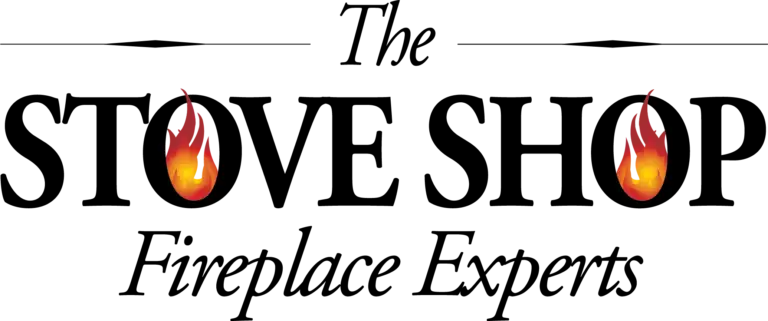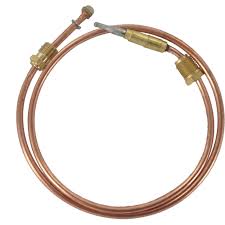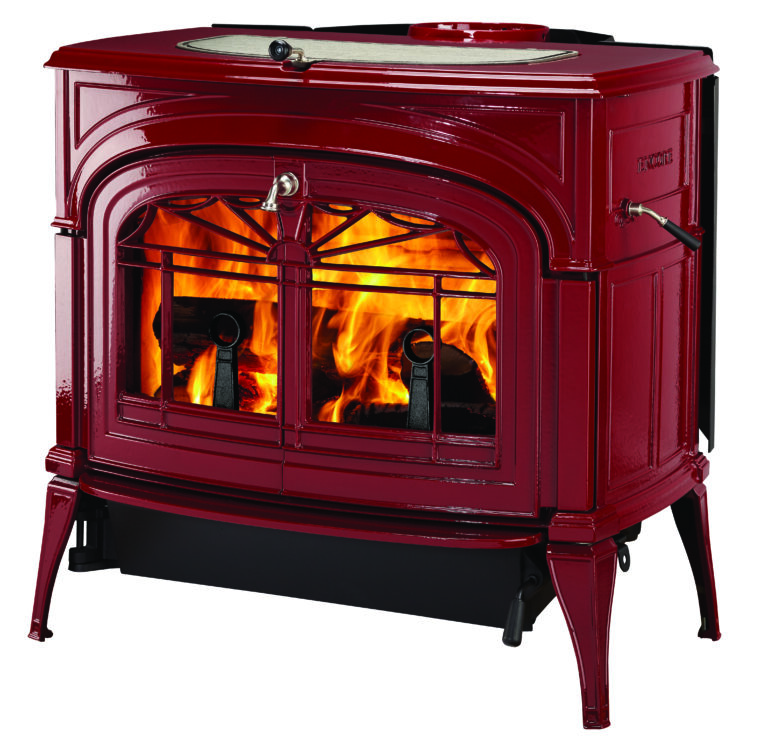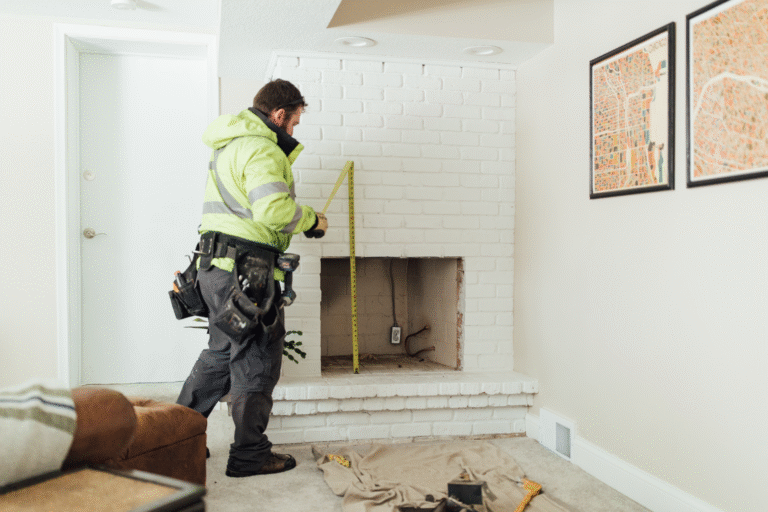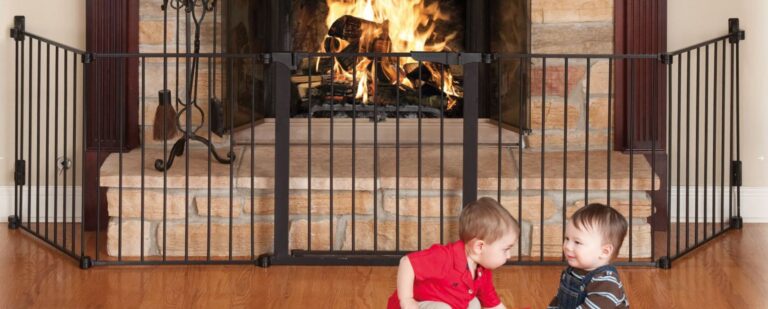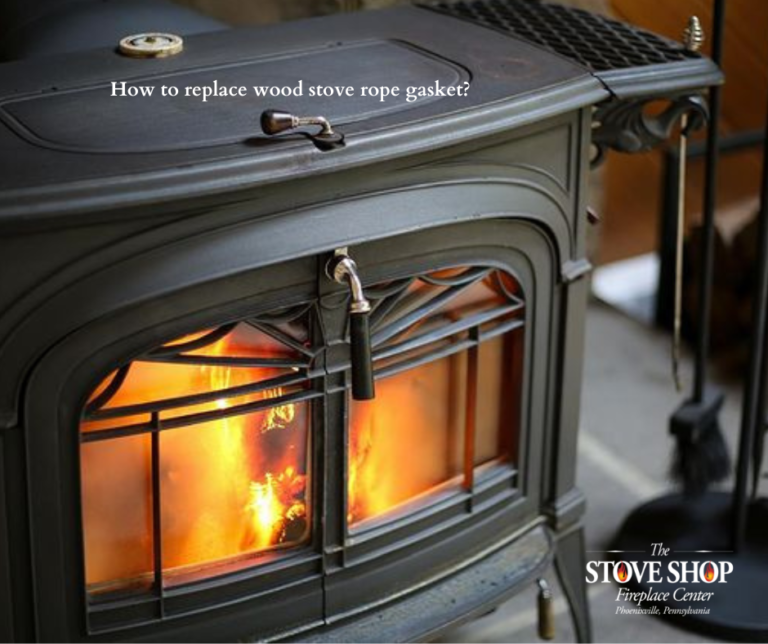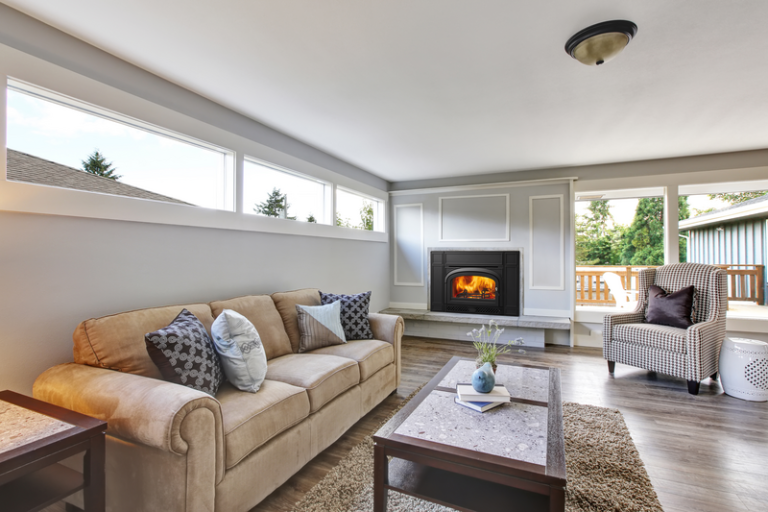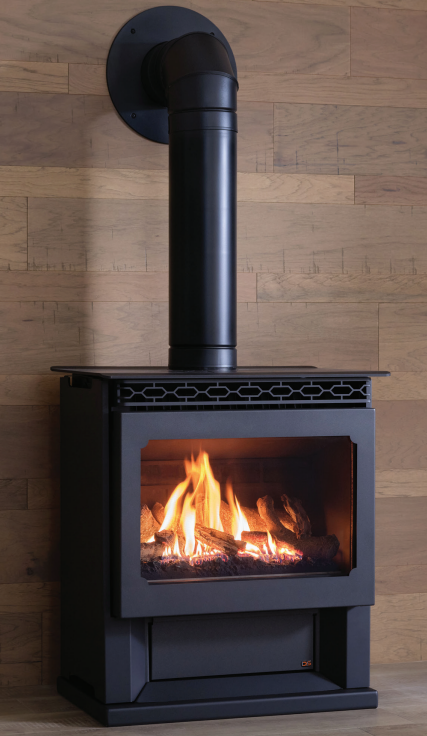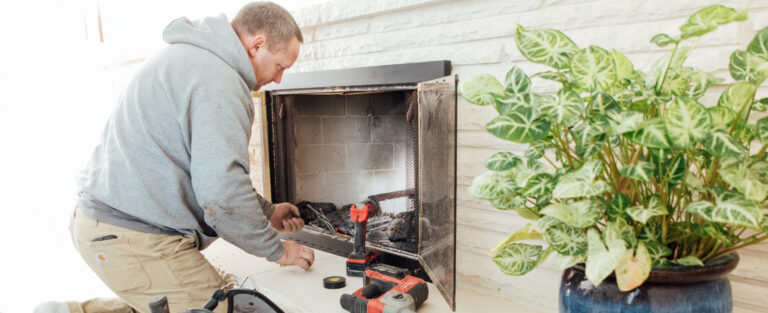Are you sucking all the warm air out of your home with a traditional open masonry fireplace? Updrafts can steal the hot air in your home, leaving your primary living space cold and uncomfortable. Traditional wood-burning fireplaces are notoriously inefficient, and open gas logs aren’t a sustainable solution for those frigid winter nights.
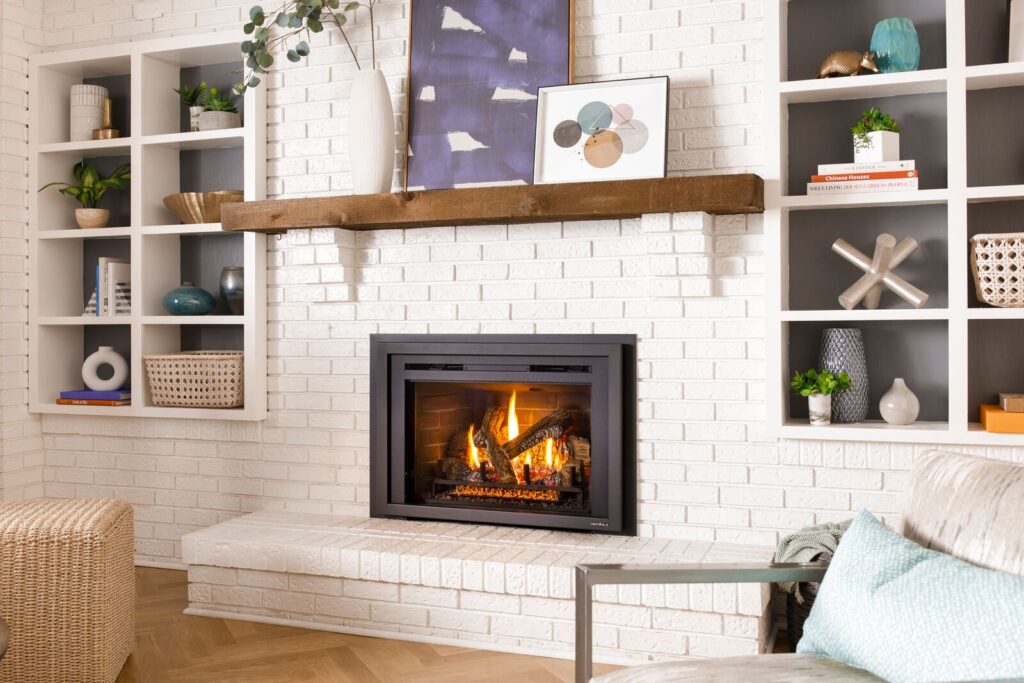
How to determine if you have a masonry fireplace or a pre-fab fireplace?
Masonry fireplaces are made of stone or brick by a mason. Pre-fabricated fireplaces are built into the wall and will often come with with a “builder model” fireplace that could use some upgrading.
What is a Masonry Fireplace?
Before we dive into solutions, let’s clarify: What is a masonry fireplace? Masonry chimneys and fireplaces are built on-site from stone, brick, and mortar, making them a structural part of your home. These chimneys are often installed during the home’s construction. If your home has a masonry chimney, you’re in luck—this structure makes it possible to install a fireplace insert to boost efficiency and heating power.
Why Do Masonry Fireplaces Lose Heat?
Masonry wood-burning fireplaces are often inefficient because they draw heated air from your home into the fire, which then escapes up the chimney. Even when the fire isn’t lit, an open or poorly sealed damper can allow warm indoor air to escape while pulling cold drafts into your living room. The result? Higher heating costs and a colder home.
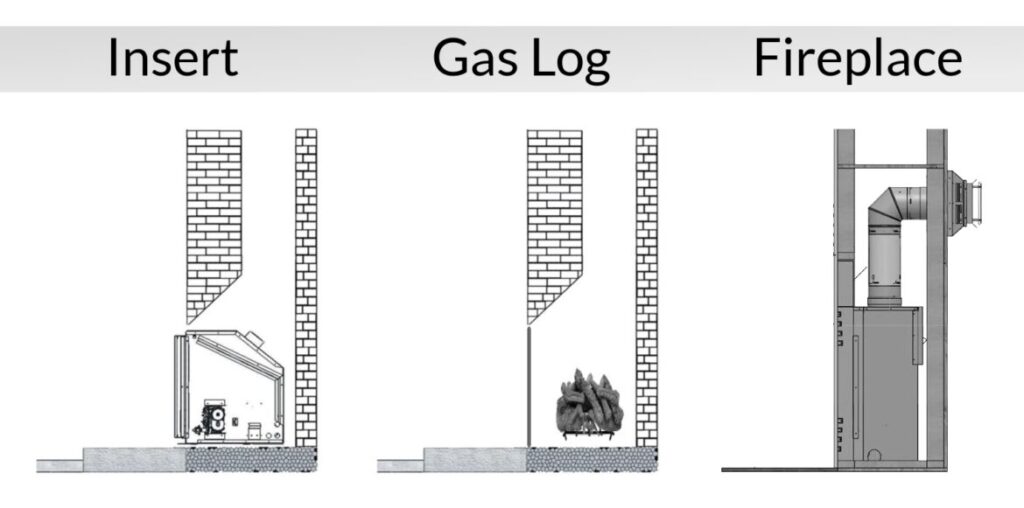
What is a Pre-Fab Fireplace?
Pre-fabricated fireplaces are bult into a wall. There is combustible material around the fireplace. Pre-fabs require very little clearance and only need a blank wall for installation. Venting is often out the side of the home ending in a silver cap horizontally mounted outside your home.
Many new construction homes have pre-fabricated “builder grade” fireplaces that could create more heat if upgraded with a higher quality pre-fabricated fireplace. Upgrading a pre-fab often requires removing and replacing the existing mantle and finishing materials as well. Pre-fab fireplace upgrade projects cost a bit more than masonry fireplace upgrade projects in most homes. Find out what it costs to get a new gas fireplace insert or replace an old pre-fab gas fireplace here!
In the 45+ years we’ve been in the fireplace business, we hear the same question time and time again: “How can I get more heat from my fireplace?”
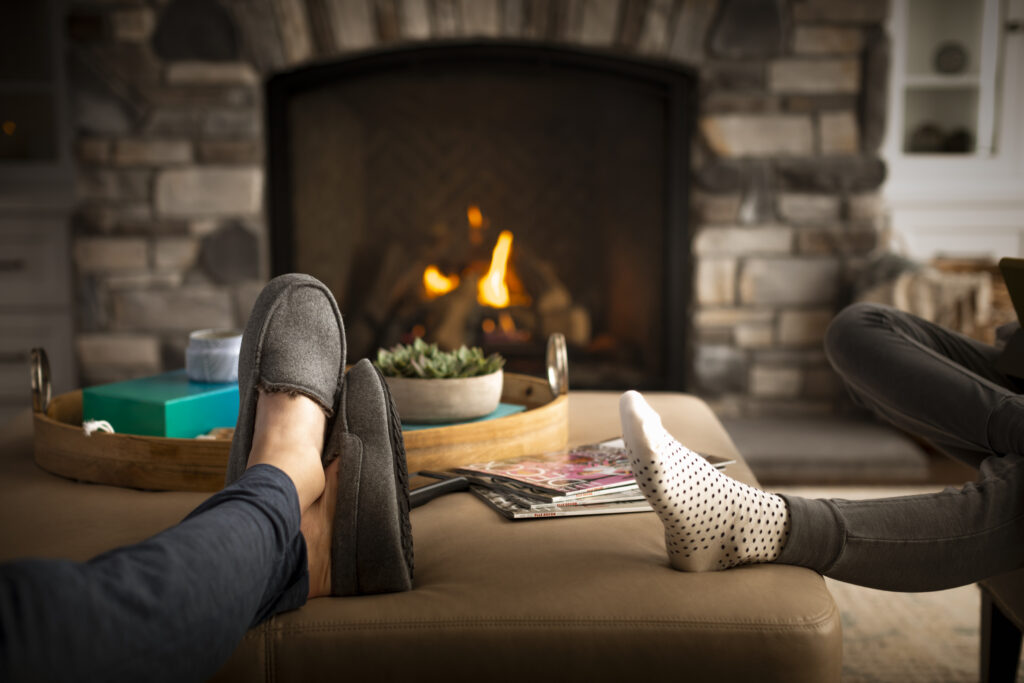
How Do You Radiate More Heat with Your Fireplace?
Here are some practical steps to help you transform your inefficient fireplace into a heat-producing centerpiece for your home:
1. Shut the Fireplace Damper – If you rarely or never use your wood-burning fireplace, consider sealing the entryway with a top-mounted or firebox-adjacent damper. This keeps cold air from entering and prevents warm air from escaping through the chimney. Dampers installed close to the firebox are especially effective at sealing off drafts.
2. Install a Fireplace Insert – One of the best ways to make your fireplace functional and efficient is by installing a fireplace insert. Inserts seal off the drafty fireplace and use modern heating methods—whether gas, wood, pellet, or electric—to provide reliable warmth while maintaining a beautiful aesthetic.
3. Preserve Your Chimney and Close It Off – If you’ve decided never to use your fireplace again, closing off your chimney is a practical solution. However, it’s worth noting that a well-maintained chimney adds significant value to your home. Before closing it off, consider installing an energy-efficient fireplace insert to preserve its functionality and marketability.
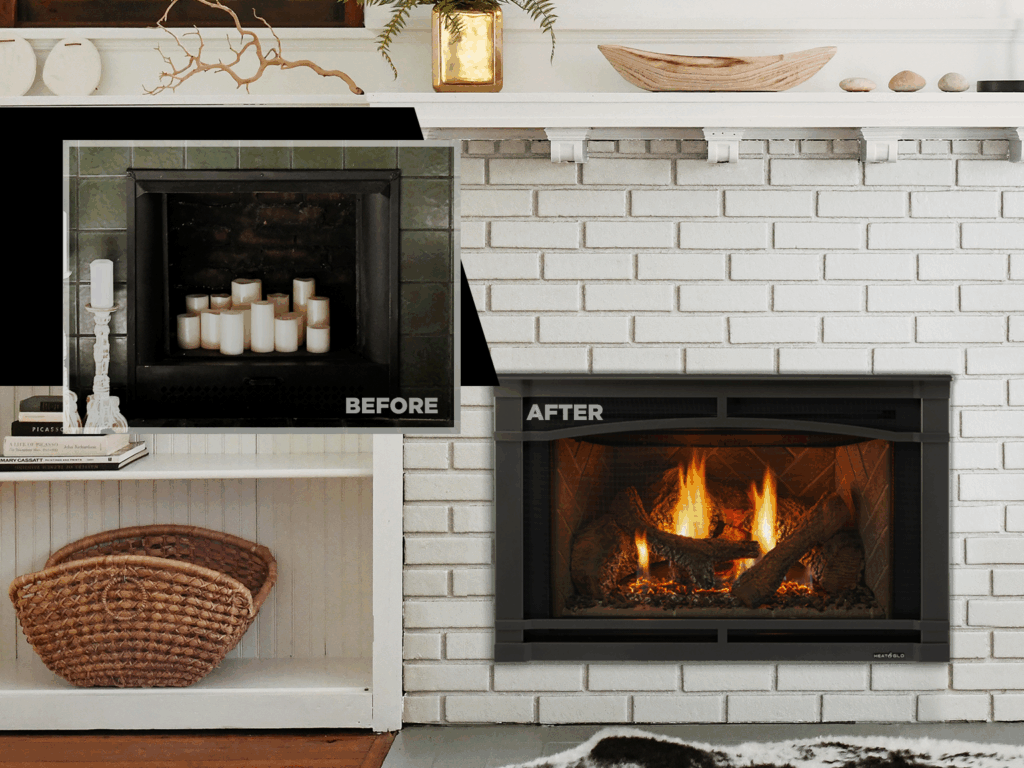
Why are Fireplace Inserts the Best Answer to a Cold Fireplace?
Fireplace inserts help to reduce fuel costs by heating where you live rather than the whole home. Heating with oil or electricity is expensive because you are spending money heating the entire house. A fireplace insert heats the space you and your family use most during the day and leaves the rest of the home cool at night. No one likes a hot bedroom anyway!
Fireplace inserts add value to your home, increase energy savings, improve home energy efficiency and reduce your oil/electricity bill! Stay warm and save money with a fireplace insert.
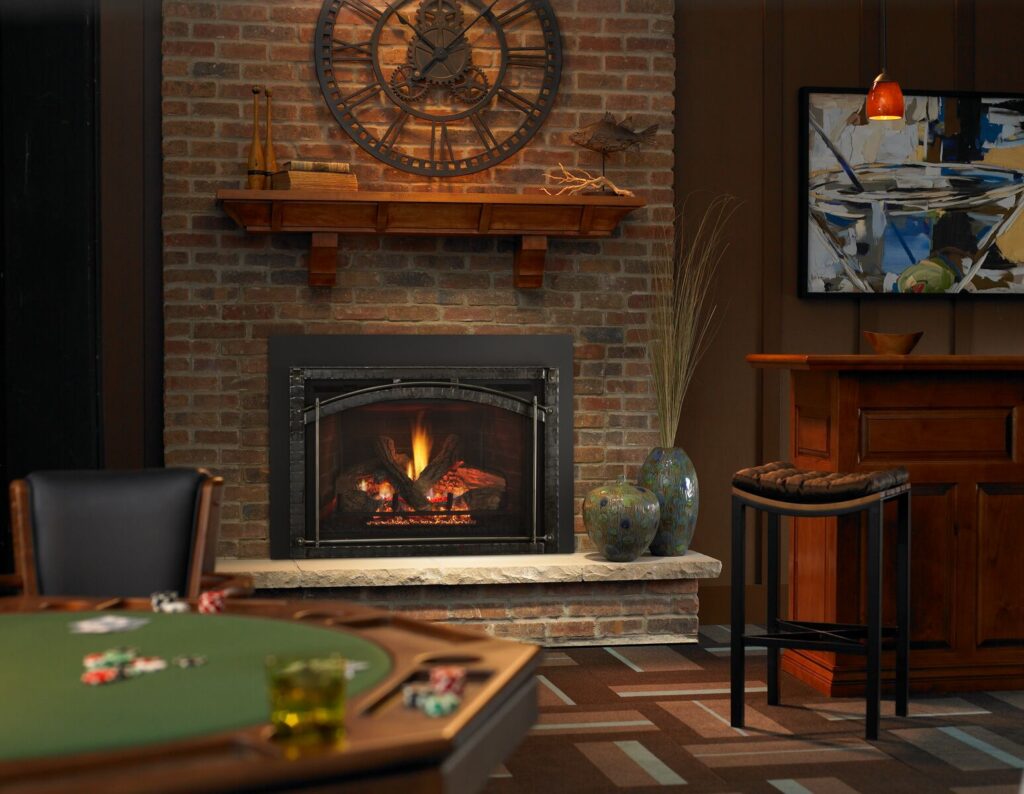
Which fireplace insert fuel type is the best for my home?
Gas Fireplace Insert
-
- Ease of Use: Turn on your fireplace with the push of a button. Gas inserts are ideal for homeowners who want instant heat with minimal effort.
- Efficiency: Gas inserts deliver significant heat (up to 35,000 BTUs) while using natural gas or propane. This makes them one of the most popular choices.
- Considerations: Natural gas is typically more affordable than propane, but access depends on your home’s location. Propane can be delivered to rural homes without gas lines.
- Gas Fireplace Insert Reading: Best Gas Fireplace Insert for Heat
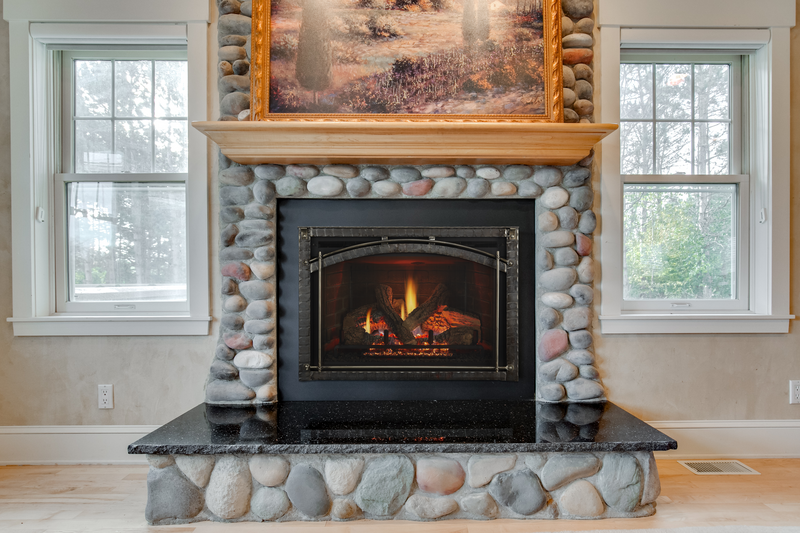
Wood Fireplace Insert
- Classic Appeal: Wood-burning inserts provide a traditional, radiant heat experience. Perfect for those who love the crackle and aroma of a wood fire.
- Reliable and Low Maintenance: Once installed, wood inserts require little service beyond regular chimney sweeping and using well-seasoned wood.
- Considerations: Be prepared to reload the fire every 2-5 hours and have a reliable source of wood fuel.
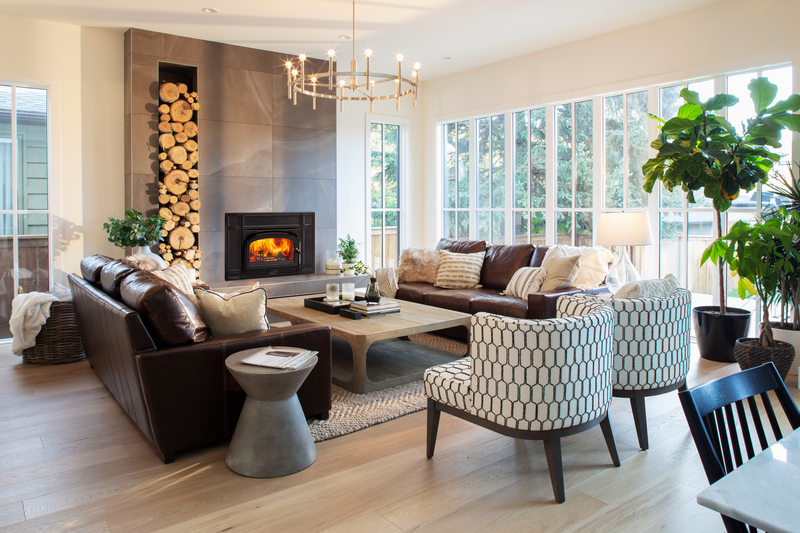
Pellet Fireplace Insert
- High Efficiency: Pellet inserts are an excellent choice for those who want consistent, bone-warming heat without the need to frequently stoke the fire.
- Convenience: These units can run on a thermostat and are compatible with battery backups, ensuring heat during power outages.
- Considerations: Pellet fuel requires proper storage, and the 50-pound bags can take up space in your home. Check out our favorite pellet fuel here!
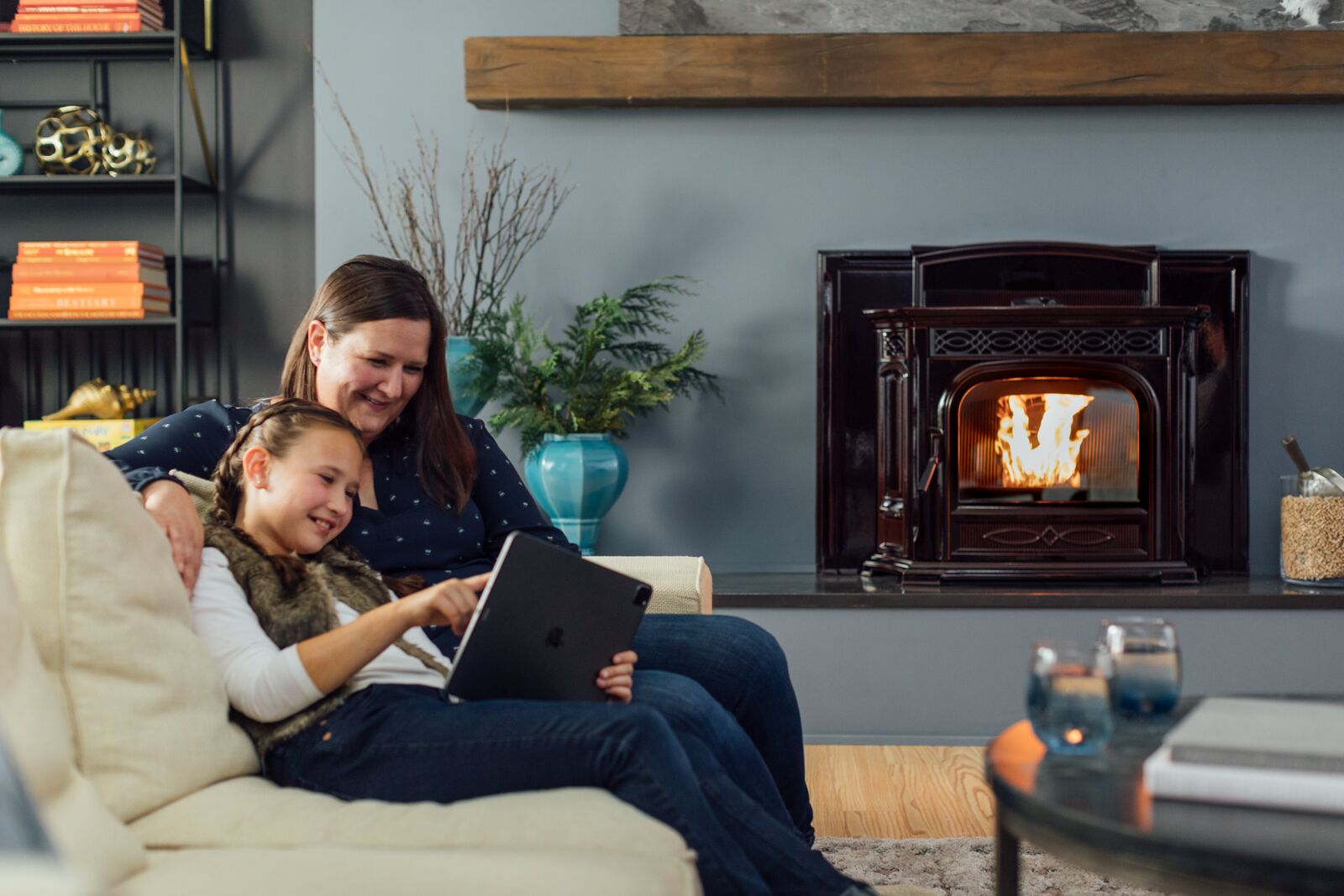
Electric Fireplace Insert
- Affordability: Electric inserts are budget-friendly and easy to install, requiring only a power outlet.
- Versatility: Ideal for apartments, condos, or retirement communities, these inserts provide ambiance and supplemental heat.
- Considerations: Electric inserts provide as much heat as a space heater, making them better suited for smaller rooms or as an aesthetic addition rather than a primary heat source.
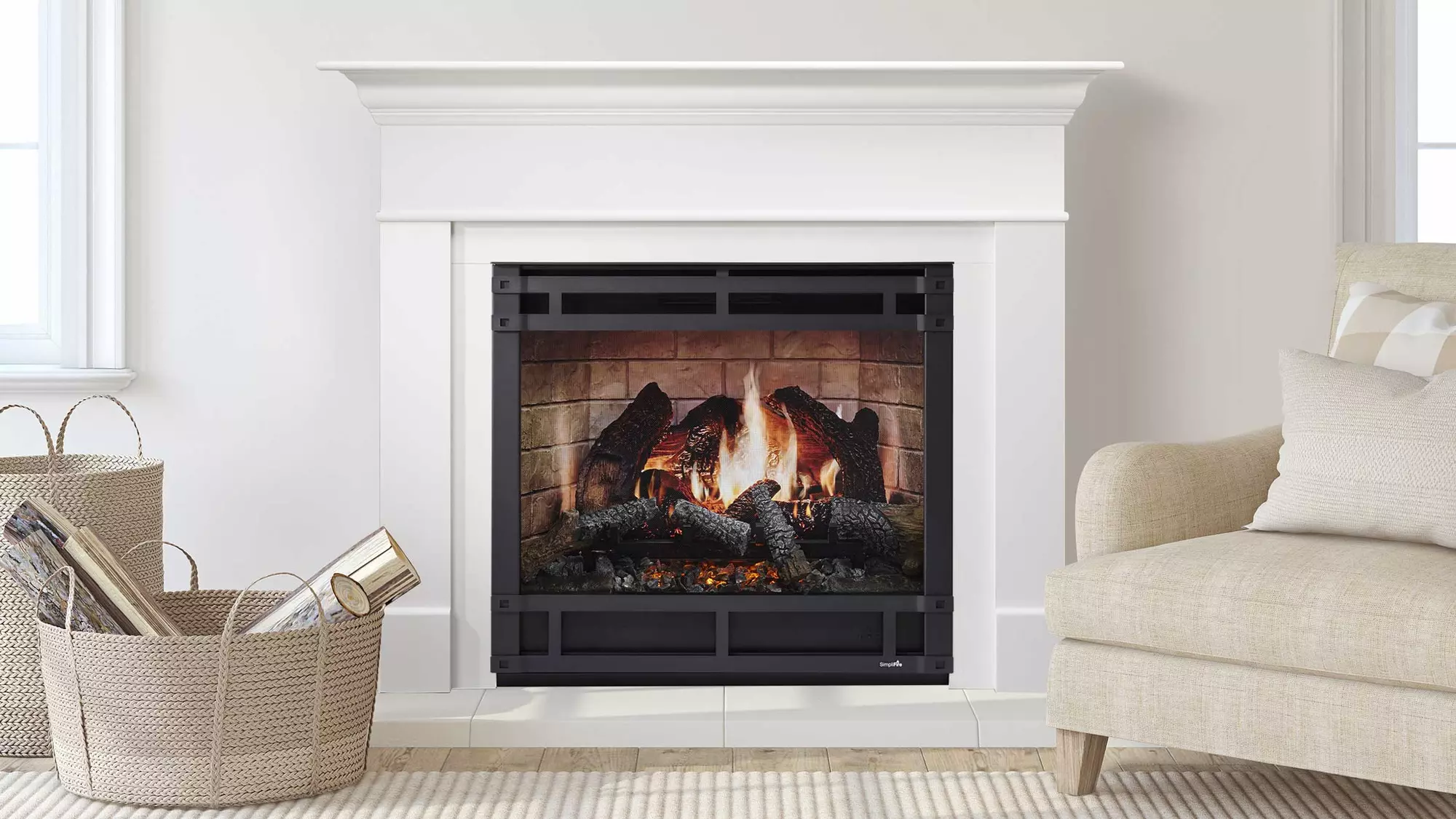
Want to know more about the different options to upgrade your fireplace?
Fireplace Upgrade Companion: Options & Costs
Other Tips to Maximize Fireplace Heat Efficiency
- Use Fireplace Doors: Glass doors reduce heat loss by acting as a barrier between the fireplace and your living space. However, they do not seal your fireplace.
- Add a Blower or Fan: Many inserts can be equipped with fans to circulate warm air more effectively. (You can even use a box fan to move that heat.)
- Check for Gaps: Seal any gaps around the fireplace or insert to eliminate drafts. Get a CSIA chimney sweep if you want a professional opinion.
- Regular Maintenance: Clean your fireplace and chimney annually to ensure safety and peak efficiency. Service in the summer, so you are warm in the winter.
Learn more from The Stove Shop Fireplace Experts Blog:
- What Does an Electric Fireplace Cost?
- Gas Fireplace Insert Service Frequency Explained
- Best Gas Fireplace for Upgrading Your Old Fireplace
- 5 Fireplace Must Knows for New Homeowners
- What Does a Wood Fireplace Install Cost?
- Our Favorite Wood Fireplace Inserts
- Best Electric Fireplaces
- Fireplace Upgrade Buying Guide
- What Does a New Gas Fireplace Installation Cost?
Stop letting your fireplace waste heat and drive up your energy bills. With the right solution—whether a fireplace insert, damper adjustment, or maintenance—you can turn your fireplace into an efficient heat source that keeps your home warm and cozy all winter long. We hope we have been helpful in your quest for information. If you have any further questions, please reach out to The Stove Shop. We are honored to help you!
Helping our customers stay warm and save money since 1977.

